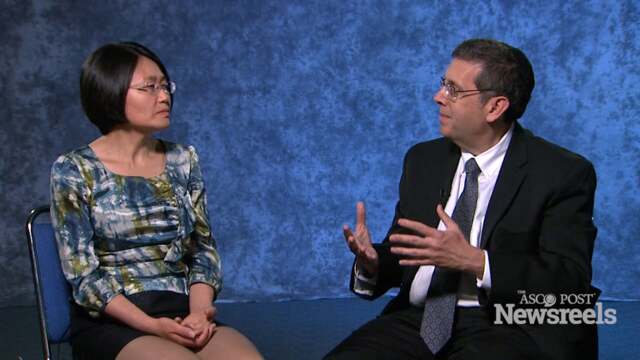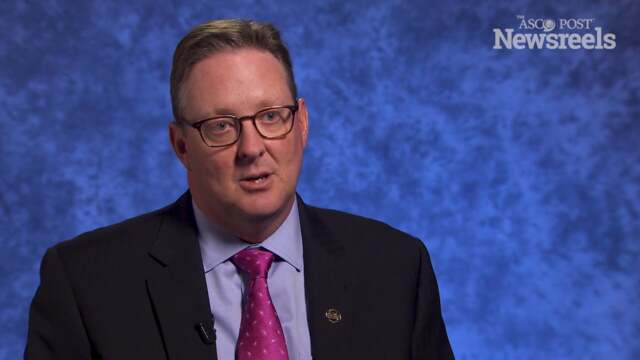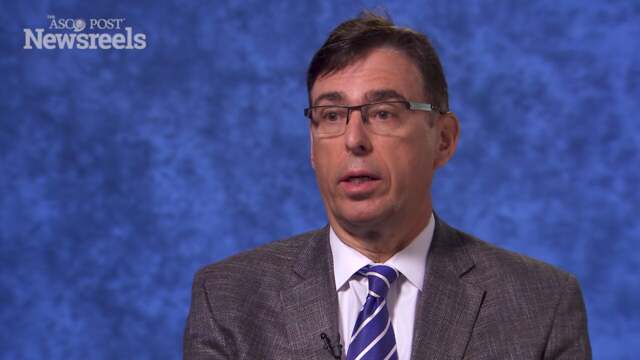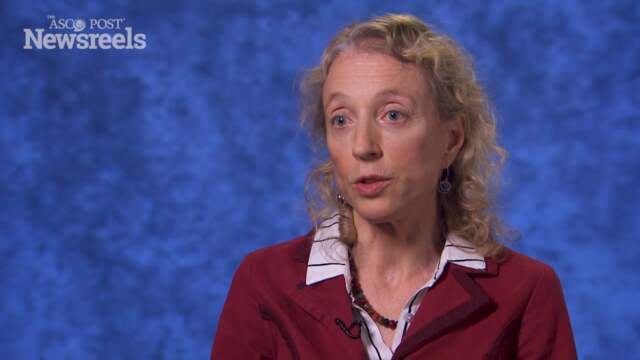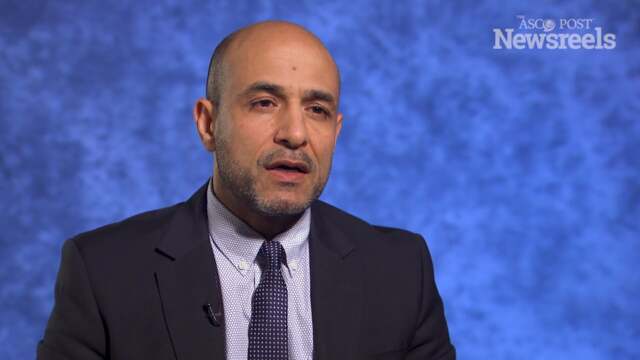Shrinivas Rathod, MD, on NSCLC: Quality-of-Life Outcomes From an IAEA Trial
2017 ASTRO Annual Meeting
Shrinivas Rathod, MD, of the University of Manitoba, discusses phase III study results on optimization of treatment of advanced non–small cell lung cancer using radiation therapy and chemotherapy (Abstract 223).
Shulian Wang, MD, of the National Cancer Center in Beijing, and Benjamin Movsas, MD, of the Henry Ford Health System, discuss study results on the use of hypofractionated radiation therapy after mastectomy for the treatment of high-risk breast cancer (Abstract PL01).
Jeffrey D. Bradley, MD, of Washington University School of Medicine, discusses long-term phase III findings on standard-dose vs high-dose conformal chemoradiation therapy with or without cetuximab for stage III non–small cell lung cancer (Abstract 227).
Marcus E. Randall, MD, of the University of Kentucky, discusses phase III study findings on pelvic radiation therapy vs vaginal cuff brachytherapy followed by paclitaxel/carboplatin chemotherapy in patients with high-risk, early stage endometrial cancer (Abstract LBA1).
Juanita Crook, MD, of the University of British Columbia, discusses late toxicity findings on transperineal ultrasound–guided brachytherapy for locally recurrent prostate cancer after external-beam radiation therapy (Abstract 1).
Tamim Niazi, MDCM, of McGill University, discusses phase III study findings on hypofractionated, dose-escalation radiation therapy for high-risk adenocarcinoma of the prostate (Abstract 281).
